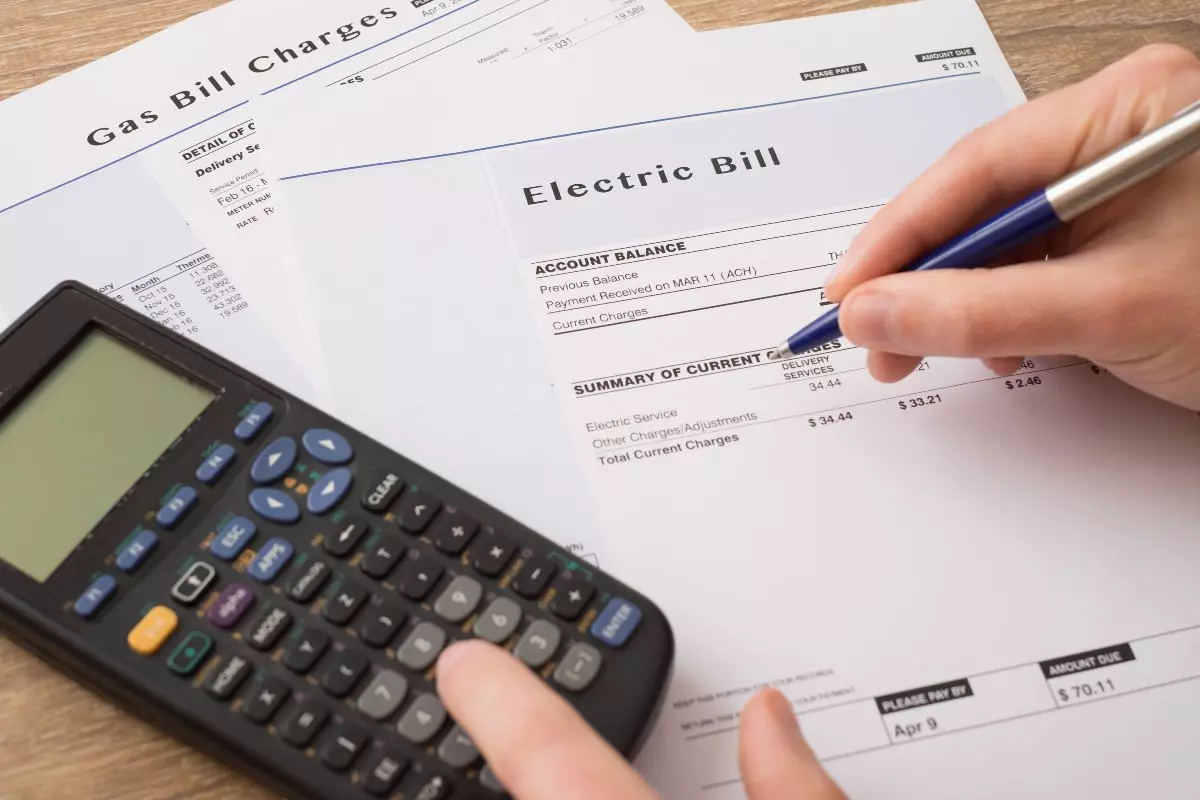What Are Flexible Expenses?
A flexible expense is a regularly occurring cost that varies from month to month. Unlike fixed costs, which remain constant throughout the period, flexible expenses allow you more control over your finances. Understanding your flexible costs is essential to maintaining a successful budget, avoiding overspending, and reaching your financial goals. Keep reading to discover the most common flexible expenses and how to manage your finances.
Flexible Expenses Explained
Flexible or variable expenses are living costs that occur regularly but change in amount. Essentially, they aren’t fixed or the same monthly expenditures like rent and car payments. Some flexible expenses are essential but can fluctuate in amount. Necessary flexible expenses include utility and grocery bills.
Other flexible expenses are the extras in life that are wants rather than needs. These flexible expenses are things you can do without but they make your life more comfortable. For example, you can live without eating out at restaurants or subscribing to Netflix. As a result, although some flexible expenses may not be necessary, they make life more enjoyable.
Flexible Expense Examples
If you want to start saving money, you may want to begin by taking a closer look at your spending habits and find opportunities to cut back or cut out certain flexible expenses.
Here are the most prominent everyday flexible expenses examples that most people encounter.
Food

Food is a variable expense that is essential for our everyday lives. Nonetheless, you can still control how much you want to spend each month. For example, according to a recent study, the average household in the U.S. spends around $3,500 on eating out every year. Consequently, you can save thousands of dollars on dining out and spending money on restaurant bills by preparing your meals at home.
Here are a few ways you can save money on groceries:
- Purchasing generic brands instead of branded products
- Buying in bulk
- Substituting meat with vegetarian protein options
- Buying fruits and vegetables that are in season
- Preparing a grocery list and sticking to it to avoid temptation and impulse purchases
Transportation
Similar to food, transportation is another variable expense that you cannot avoid in your daily life. However, you can consider alternative and less-expensive modes of transportation. For example, public transport is significantly cheaper than driving your own car. When taking public transportation, you can save around 80% of the fees related to owning a car, including monthly payments, gas, and insurance.
You could also walk, bike or scooter to reach your destination. Not only will this help you cut out transportation costs, but it can also cut gym membership costs because you will get your daily exercise into your schedule for free.
Entertainment
If you are looking for ways to decrease spending, entertainment costs may be the easiest to cut because they are purely a want. However, that doesn’t mean that you must skip entertainment altogether. Instead, you can fully control your spending and opt for more affordable entertainment options.
For instance, consider cutting cable if you have one but don’t watch TV anymore. Or consider subscribing to one streaming service instead of multiple. Also, if you want to go to the movies, consider going to a matinee as it costs less than an evening showing.
Utilities

Utilities are variable expenses that you can’t live without. Depending on the season, utility expenses vary from month to month. Nonetheless, there are many ways to reduce your costs in this area. For example, you can start by turning off the lights when you leave the room. You can also use energy-friendly lightbulbs. Lastly, consider lowering the temperature on the water heater by a few degrees to save money on water heating expenses.
Clothing
According to recent data, the average family in the U.S. spends $1,800 on clothing and $388 on shoes in a year. However, you can cut clothing expenses in half without compromising your style or sacrificing quality. For example, you can save money on clothing by purchasing items during seasonal changes when retailers mark down their products to make room for new inventory.
Managing Flexible Expenses
The first step in managing and reducing your flexible expenses is discovering what they are. As a result, you will need to pay attention to what you spend each day to be aware of your habits. You may also have to review your checking account and credit card statements to understand where you spend your money every month.
The second step is to break your spending into two categories: flexible and inflexible expenses. Once you have a comprehensive list of your expenses, you can try eliminating or adjusting the flexible recurring expenditures.
Lastly, continue tracking your variable expenses accurately to prepare your monthly budget. Having a budget for your flexible expenses can help you manage your money effectively and improve your finances. For example, you could follow the 50/30/20 budget rule where you spend 50% of your income for your needs, 30% for wants, and the remaining 20% goes into your savings, emergency fund, or paying off debt. This method will help you set limits and encourage you to spend less than 30% of your income on wants if possible.

The envelope system is another effective budgeting method to help you gain control and balance your variable expenses. It involves assigning spending categories to individual envelopes and allocating a certain amount of cash into each category. For example, suppose you set $100 in your envelope to spend on entertainment. Then, each time you take money from the envelope, you subtract the amount from your total until you are left with nothing. This budget method allows you to visually understand where your money is going, how much you have left to spend in each envelope, and how much you can save in each category.
Final Thoughts
Variable expenses include groceries, dining out, transportation, entertainment, and utilities. Monitoring these flexible expenses over time helps you track your expenditures and lets you get a better idea of where you spend your money every month. With that information, you can make the right decisions to keep your finances in good shape and plan your monthly budget accordingly.
FAQ
What Is the Difference between a Variable Expense and a Periodic Expense?
To understand the difference between variable and periodic expenses, let’s break down the three types of expenses: fixed, variable, and periodic.
Fixed expenses are recurring expenses that remain the same every month. Examples include rent, mortgage, loan repayment, and gym memberships.
Variable expenses include costs that change every month, such as your electricity bill, food budget, transportation, and entertainment. People tend to have more control over their variable expenses compared to other categories. For example, if you want to save money on gas, you could take public transportation.
Periodic expenses occur in recurring amounts similar to fixed expenses. However, they occur less frequently. For example, they are billed quarterly or annually instead of every month. Examples of periodic expenses include insurance, vehicle registration, and holiday gift giving.
What Are the Two Types of Flexible Expenses?
The two types of flexible expenses are essential expenses and discretionary expenses. Essential expenditures are necessary for your daily life but vary every month depending on your usage, such as groceries, utilities, and transportation.
On the other hand, flexible discretionary expenses are things you want but can go without, such as entertainment, new clothing, and recreation. Therefore, cutting back on discretionary expenses is more feasible than necessary expenses if you wish to save money.
Why Is It Called Flexible or Variable Expenses?
Some may think that variable expenses are called such because they are discretionary or unnecessary. However, that is not the case all the time. It is called variable or flexible because of its fluctuating nature. For example, your grocery bill can vary monthly. However, it doesn’t mean it is an unnecessary expense you can live without.
Table of Contents
- Flexible Expenses Explained
- Flexible Expense Examples
- Food
- Transportation
- Entertainment
- Utilities
- Clothing
- Managing Flexible Expenses
- Final Thoughts
- FAQ
- What Is the Difference between a Variable Expense and a Periodic Expense?
- What Are the Two Types of Flexible Expenses?
- Why Is It Called Flexible or Variable Expenses?